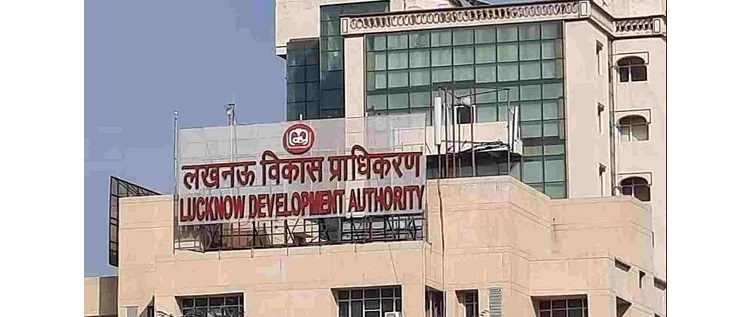E - PAPER
India to have Only 5 Public Sector Banks
In this ongoing privatisation plan, the government is trying its best to raise money by selling assets in non-core companies and sectors, at a time when there is a shortage of funds due to the Covid-19 outbreak. After a recent merger involving the amalgamation of 10 state-run lenders into four ba
 BY
Realty Plus
BY
Realty Plus
Published - Thursday, 23 Jul, 2020

In this ongoing privatisation plan, the government is trying its best to raise money by selling assets in non-core companies and sectors, at a time when there is a shortage of funds due to the Covid-19 outbreak.
After a recent merger involving the amalgamation of 10 state-run lenders into four banks, Niti Aayog, has suggested to reduce the number of government-owned lenders to just five in number. Currently, India homes 12 state-owned banks. The idea right now is to bring this number down to 5 government owned banks. The main purpose behind this plan is to put a hold on future bailouts by using taxpayers’ money.
As per RBI recommendations, there are plan is to sell majority stakes in - Bank of India, Central Bank of India, Indian Overseas bank, UCO Bank, Bank of Maharashtra, and Punjab & Sind Bank
As of now, the government is diligently working on creating a successful privatisation plan, which could boost funds. Sadly, this plan is being worked out at a time, when banks are facing increasingly bad loans now and even in future, courtesy of the global pandemic. Due to such unfavourable market conditions, the divestment plan may not take place this financial year.
RELATED STORY VIEW MORE
TOP STORY VIEW MORE

Mixed Outlook for Australia's Housing Sector In 2024
Mixed Outlook for Australia's Housing Sector In 2024
05 December, 2024NEWS LETTER
Subscribe for our news letter
E - PAPER
-

CURRENT MONTH 
LAST MONTH














